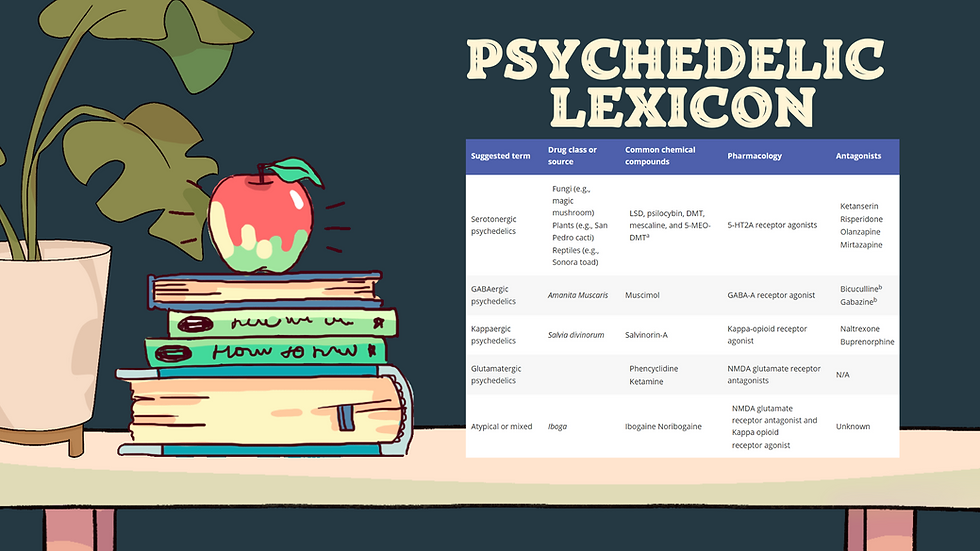A long, strange trip: Ketamine treatment in psychiatry
Updated: Nov 21

Authors
David J Nutt, Celia Morgan, David Erritzoe, Kyle T Greenway and Allan H Young
Published
October 27, 2025
Abstract
It is 60 years since ketamine was first tested in humans as an alternative but safer anaesthetic to PCP (phencyclidine) (Corssen and Domino 1966). It became widely used as the “buddy drug” for combatants in the Vietnam War: because of its great safety margin, it could be injected into wounded personnel by their buddies to relieve pain before the arrival of the medical team.
Because of ketamine’s great safety margin in terms of respiratory depression, plus its analgesic properties, it is widely used all over the world in places where mechanically ventilated anaesthesia for surgery is often not feasible, especially sub-Saharan Africa. Hence, ketamine has been on the World Health Organisation’s essential medicine’s list since 1985.
Note − in this article, we use ketamine to refer to the anaesthetic/analgesic product racemic ketamine. Where we comment on specific enantiomers, we use the names esketamine or arketamine for the S and R enantiomers, respectively
To access the full publication from the British Association of Psychopharmacology please see below:




